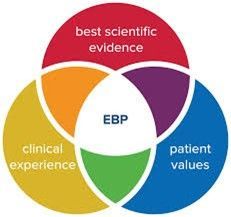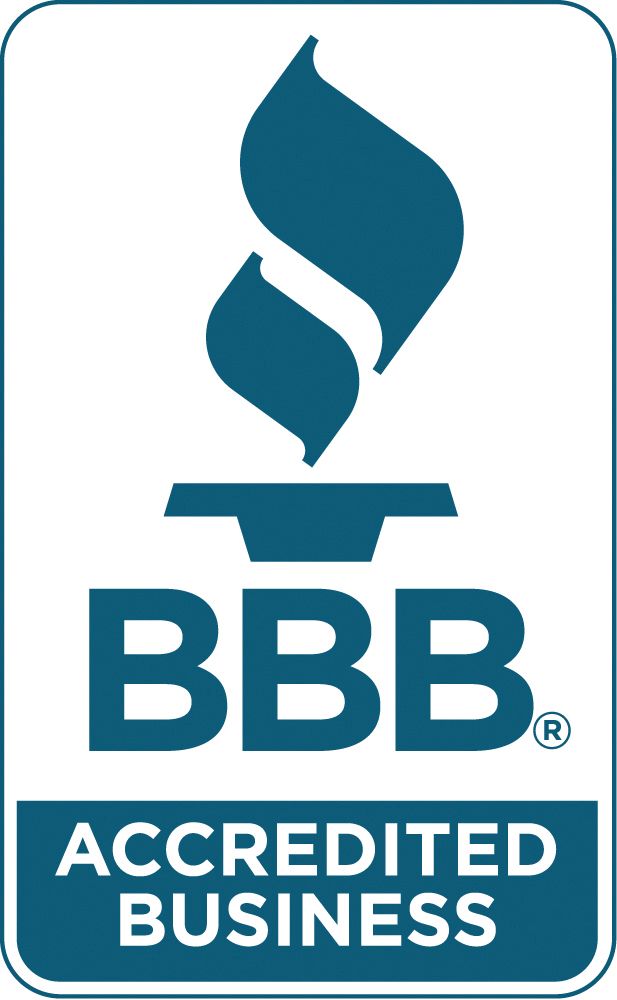Behavioral Health Budgeting in 4 Easy Steps
Budgeting for behavioral health organizations can be unlike other financial forecasting activities. This especially is true when working with governmental agencies. Most budgets only focus on expenses and revenue, which is pretty clear cut. But when a behavioral health agency contracts with a State or County entity and government funds such as MediCal/Medicaid or Medicare are used, then the budget is a cost-reimbursed one. Most budgets focus on reimbursement based on a fee schedule. For example, a provider sees a client, and then they are paid a fee for that service. The contract then outlines the payments based on the services provided.
A cost-reimbursed budget has three moving parts:
1. The revenue or billing that the behavioral health organization expects to conduct during the contract period, say a year. The budget will have a total amount of revenue that can be billed for the year.
2. The revenue will also have a rate per unit (minute hour), depending on the governmental agency’s requirements. In behavioral health, the rate for mental health services could be $3.00 per minute or a total of $180 per hour.
3. Then there are the expenses for providing that contract over the year. This area includes salaries, administrative overhead, building lease, office expenses, and other areas.
When an agency gets a contract amount, the costs have to equal the revenue, so that there is a balance of services and expenses. For example, if a contract is for $1 million, then the agency should bill that total and also have that amount of expenses. And in using the rate per minute, they need to serve the number of clients the contract wants. At the end of the contract year, the behavioral health organization does a cost report showing their costs and revenue. Depending on the results, the organization could owe the payor money or vice versa, which neither side wants. So getting the budget right is critical.
So how does an agency work all these moving pieces?
1. Start with the revenue. If your agency has a $1 million contract, you figure out your rates per minute. If, as above, all your services were $3.00 per minute, that’s $1 million divided by $3.00 or 333,333 minutes; then divided by sixty it’s about 5,555 hours of people power to bill that amount.
2. How many staff to bill? If your staff do 20 hours per week in billable hours for 48 weeks of the year (take out 4 weeks for vacation, sick, and holiday time), that means each staff bills 960 hours per year. That figure divided into 5,555 means 5.79 full-time equivalents or about six staff.
3. Add expenses. Now you can calculate the staff salaries, benefits, and the other expenses as above. And it should add up to a total of $1 million.
4. And adjust. Budgets never calculate accurately the first time. Here is where you change staff hours, positions, and expenses. Then when you’re done, everything will work; you’ll have the staff needed to bill the $1 million and the expenses to equal that amount.
Praxes provides consulting services including budgeting and forecasting. For more information, please contact us.




